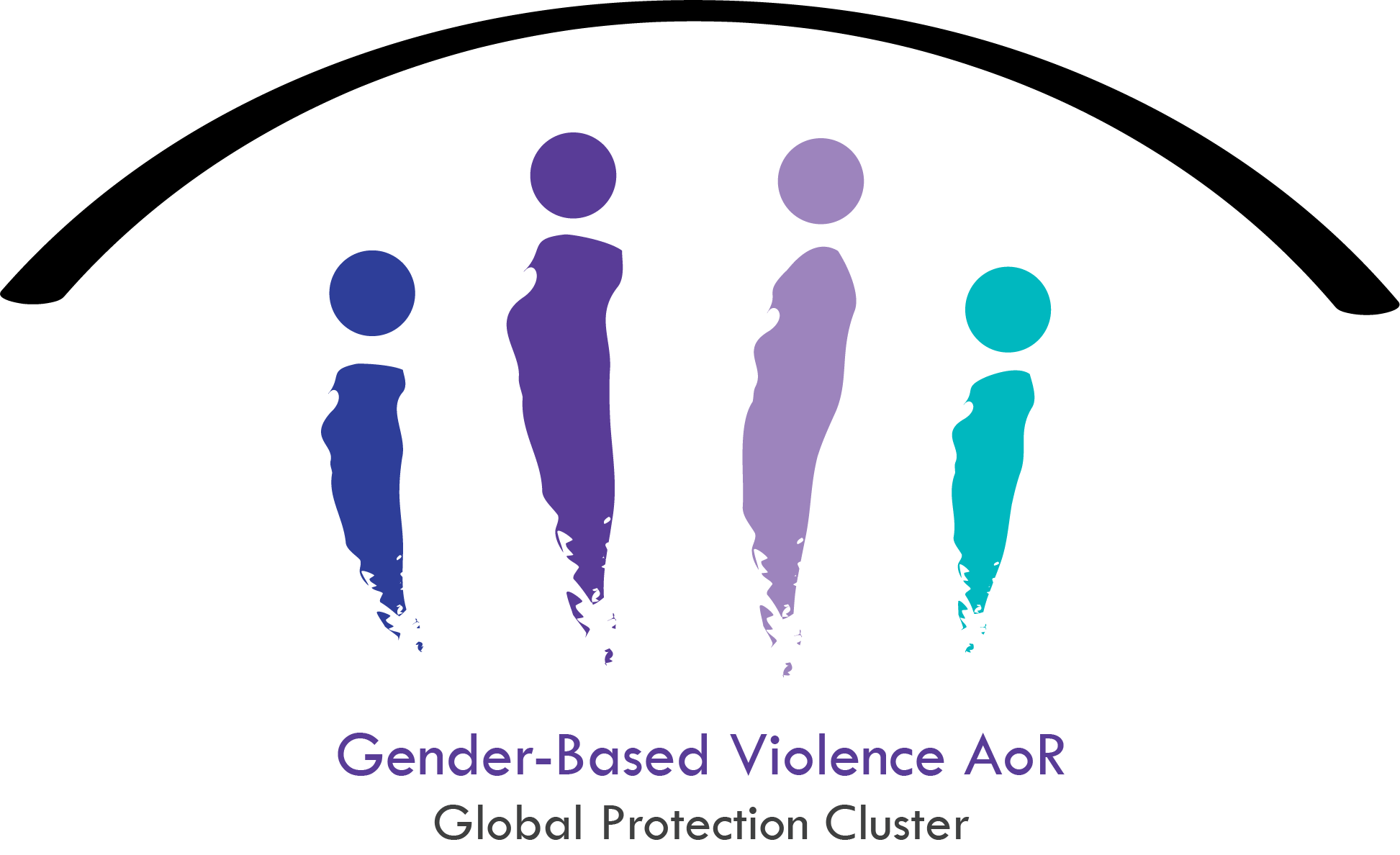GAZA Crisis Response: Key Resources and Guidance
Since 7 October, heavy bombardments and displacement throughout Gaza have left civilians in dire humanitarian need, with the situation turning into a catastrophe – especially for the estimated 1.1 million women and girls. The number of internally displaced persons (IDPs) in Gaza is currently estimated at around one million (half the population), with a large part of that population living in overcrowded and under-supplied shelters with food, water, and fuel running out – and basic and life-sustaining services becoming more inaccessible.
The UN Secretary-General has called for a “humanitarian ceasefire” and that “Gaza needs aid at scale and on a sustained basis”. Civilians, healthcare infrastructure, and schools are not a target - all parties to the conflict must respect international humanitarian law.
You can find the relative responses on GBV response and Risk Mitigation below.
- Gaza Crisis: Gender Based Violence Concerns and Priorities Information & Advocacy Note: 20 October 2023
- General GBV risk mitigation messages and recommendations, Gaza response, October 2023
- Priority Life-Saving Actions: For Gender-Based Violence Prevention, Risk Mitigation and Response in Gaza - October 2023
- Rapid Gender Analysis: Gendered Impacts of the October 2023 Escalation in Gaza - UNRWA October 2023
- Gaza Strip Rapid Gender Analysis: Brief - CARE International October 2023
- Menstrual Health Management Strategy: Gaza Strip, November 2023
- Supporting a Holistic Response for Women and Girls in the Gaza Strip 12 December 2023
- Life for Women and Girls in the Gaza Strip and the International Response GBV Sub-Cluster Palestine Update and Advocacy Note– 12 December 2023
